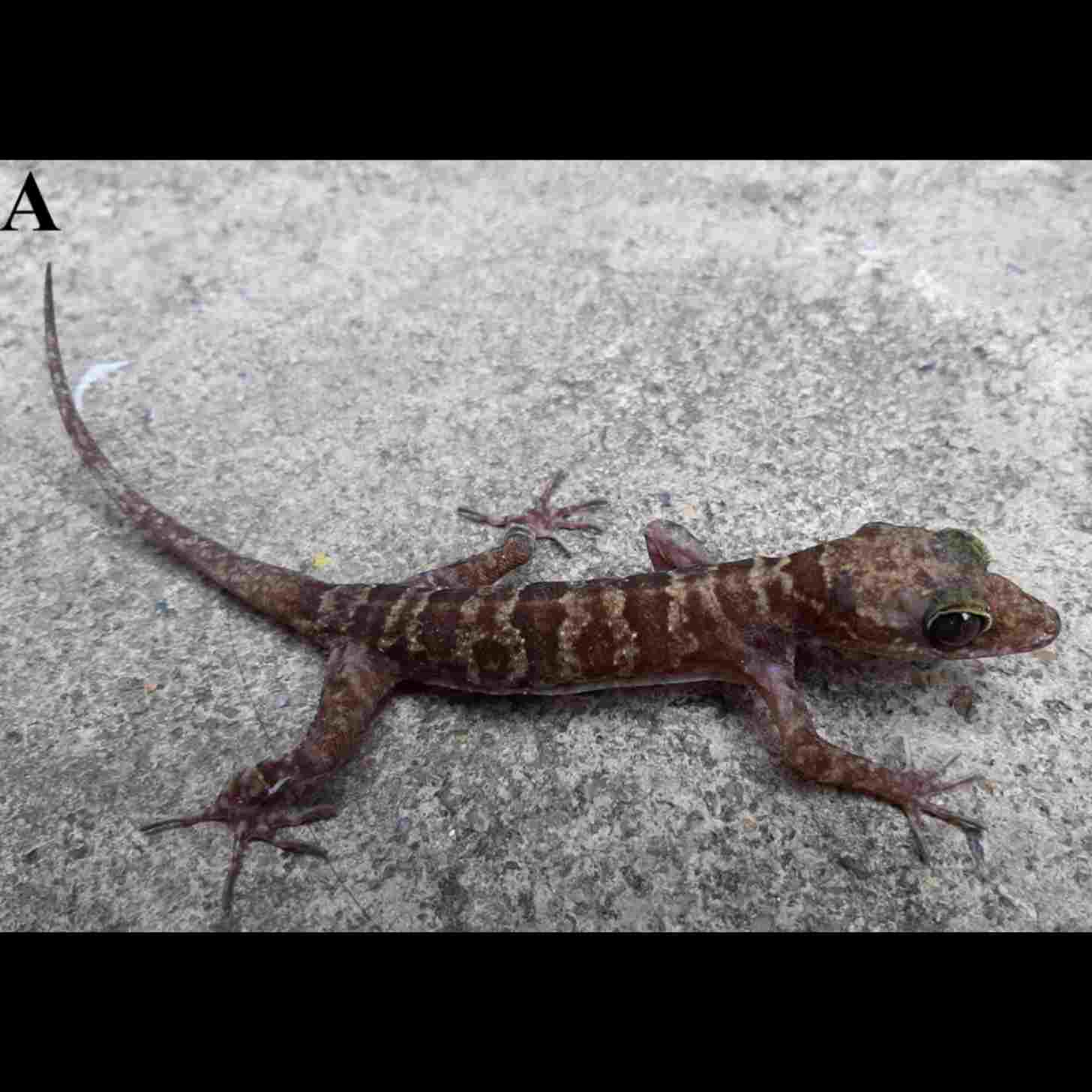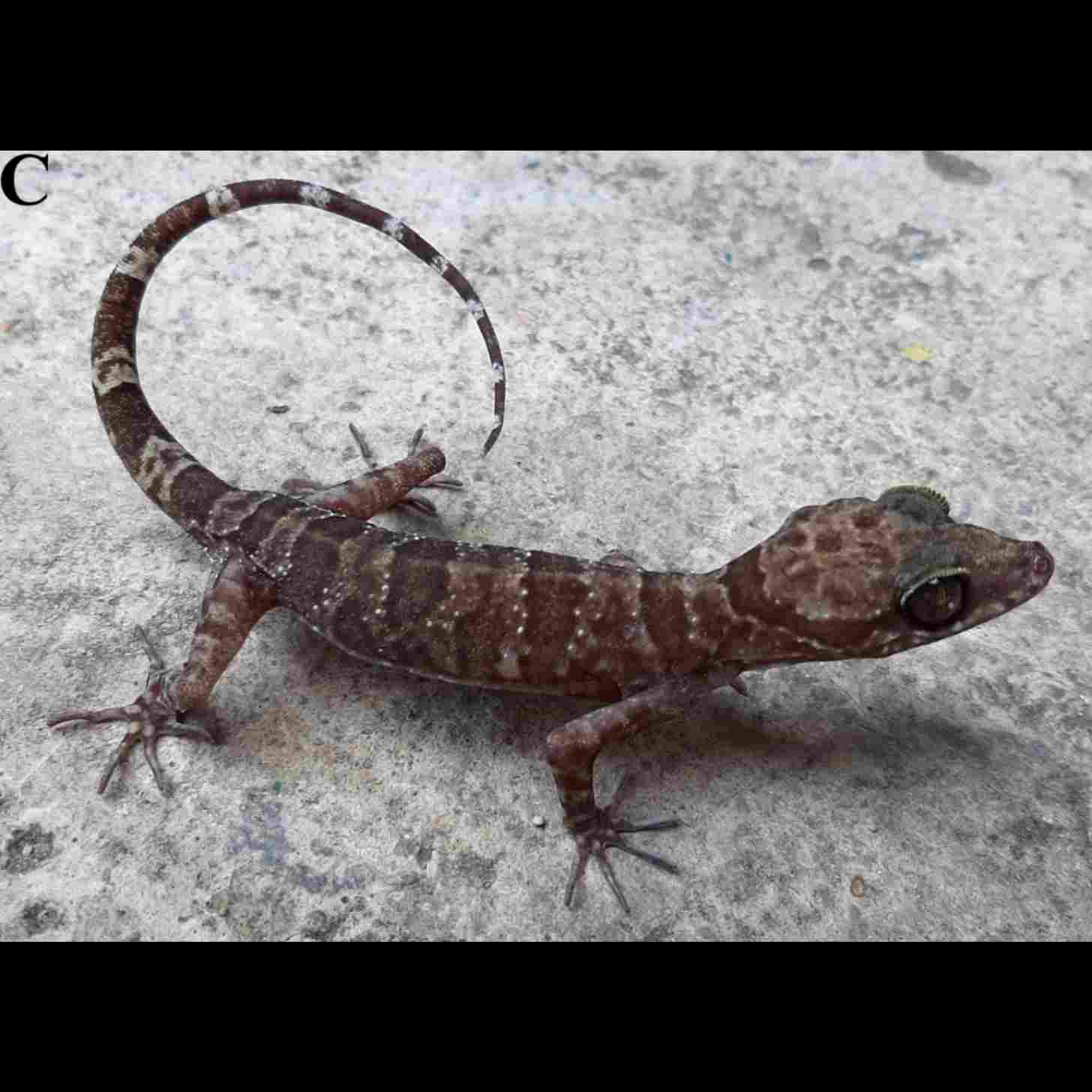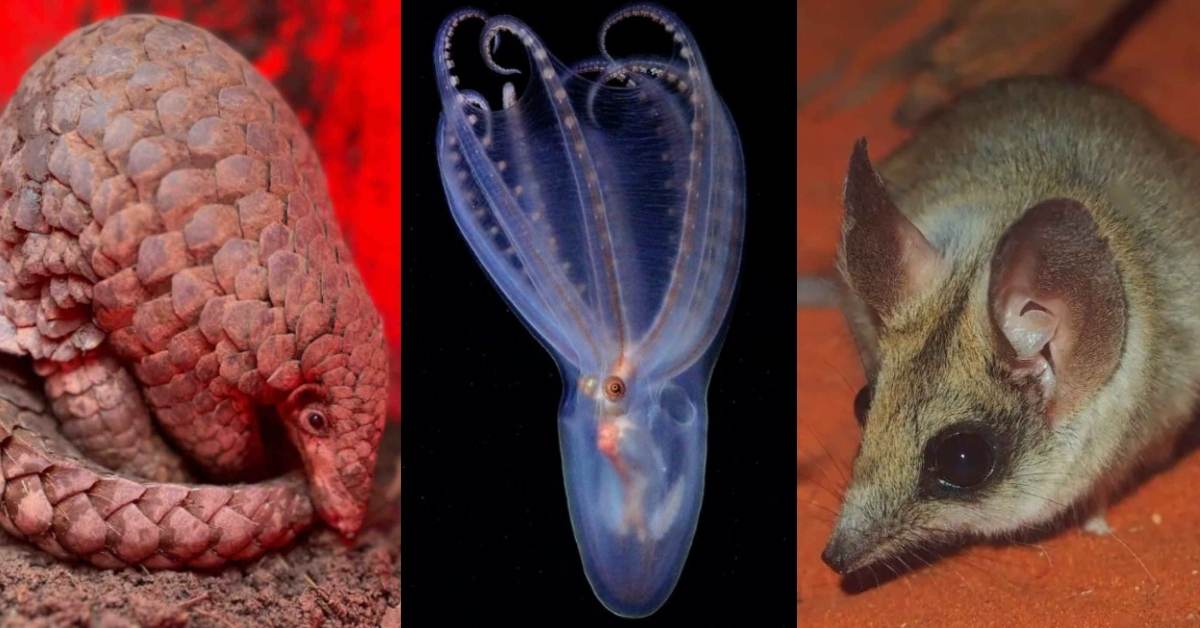As night fell on the rural town of Ayun Pa, Vietnam in July 2022, a team of researchers stumbled upon an exciting new discovery.
In fact, they stumbled upon six of them.
During the nighttime survey, the researchers found six lizards with distinct bands, sprawling toes, and bulbous eyes. DNA research later confirmed that it was a new species.
“[It has] small, irregularly shaped dark brown blotches on top of head; nuchal band thin and interrupted; dorsal pattern with four irregularly shaped bands; [and] short stripes on the neck,” lead author Thuong Huyen Nguyen wrote in the study, which was published in the scientific journal Zootaxa on August 12.
Nguyen’s peers included fellow herpetologists Hong Bich Ha, Matthew Murdoch, Jesse Grismer, L. Lee Grismer and Vinh Quang Luu.
The reptile was dubbed Cyrtodactylus ayunpaensis, or the Ayun Pa bent-toed gecko, after the farming village from which it was found.
The researchers said that the pervading threats to the new species are “habitat loss, habitat fragmentation, and potential hunting by local communities to raise as pets.”
“Therefore, population assessments and the development of appropriate conservation strategies are urgently needed to ensure the long-term survival of these narrowly distributed species,” they emphasized.
There are estimated to be over 2,000 species of geckos, and new ones are constantly being discovered.

In September 2024, herpetologist Conrad Hoskin discovered the Simakal Pad gecko on Dauan Island during an expedition in the northern Torres Strait of Australia.
The two-inch long critter sported a slender snout and eyes that appeared gold in a certain light.
Simakal Pad geckos — and the newly discovered Ayun Pa bent-toed gecko — are a testament to the importance of geckos at large.
Whether they’re in Australian waterways or the Vietnamese countryside, geckos help the environment by snacking on insects and keeping pest populations in check.
Some geckos also double as natural pollinators. In 2019, a species of day gecko in South Africa was seen feeding on the nectar of plants, collecting pollen on their snouts, and rubbing it off at their next destination.
As researchers set off on more zoological expeditions around the globe, they become better at protecting new and existing species.

“I'm very interested in speciation and rapid adaptation, including to human-induced change like climate change and invasive species,” said Hoskin, who is an associate professor at James Cook University’s College of Science and Engineering.
“To date, I've done a lot of evolutionary biology and species discovery but I'm increasingly focusing on conservation projects.”
Like Nguyen and her peers, Hoskin hopes the allure of new species headlines draws heightened awareness to endangered animals around the globe.
“My research and teaching interests focus on biodiversity: what's out there, how we discover and describe it, how it arises and adapts through time, and how we can conserve it,” Hoskins said.
You may also like: Fanged creature found 'barking' on island mountain. It's a new species, and it’s worth protecting
Header image via Tycho / Wikimedia Commons (CC BY-SA 3.0)



